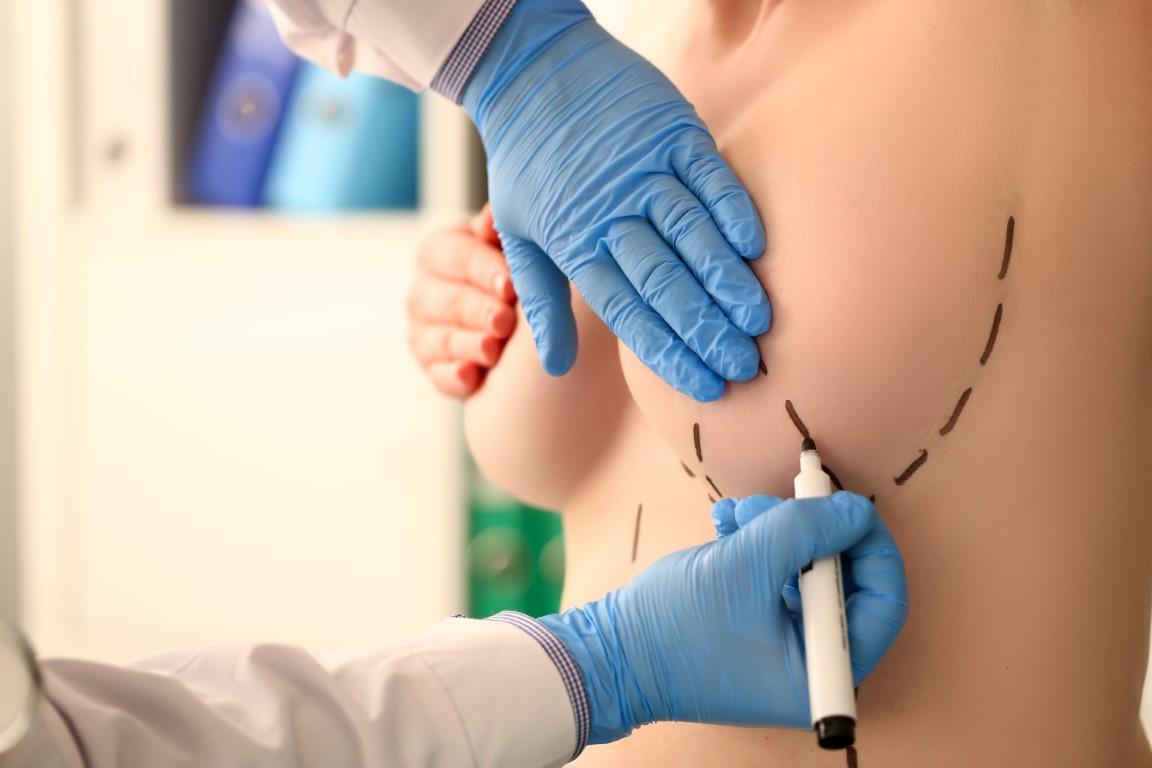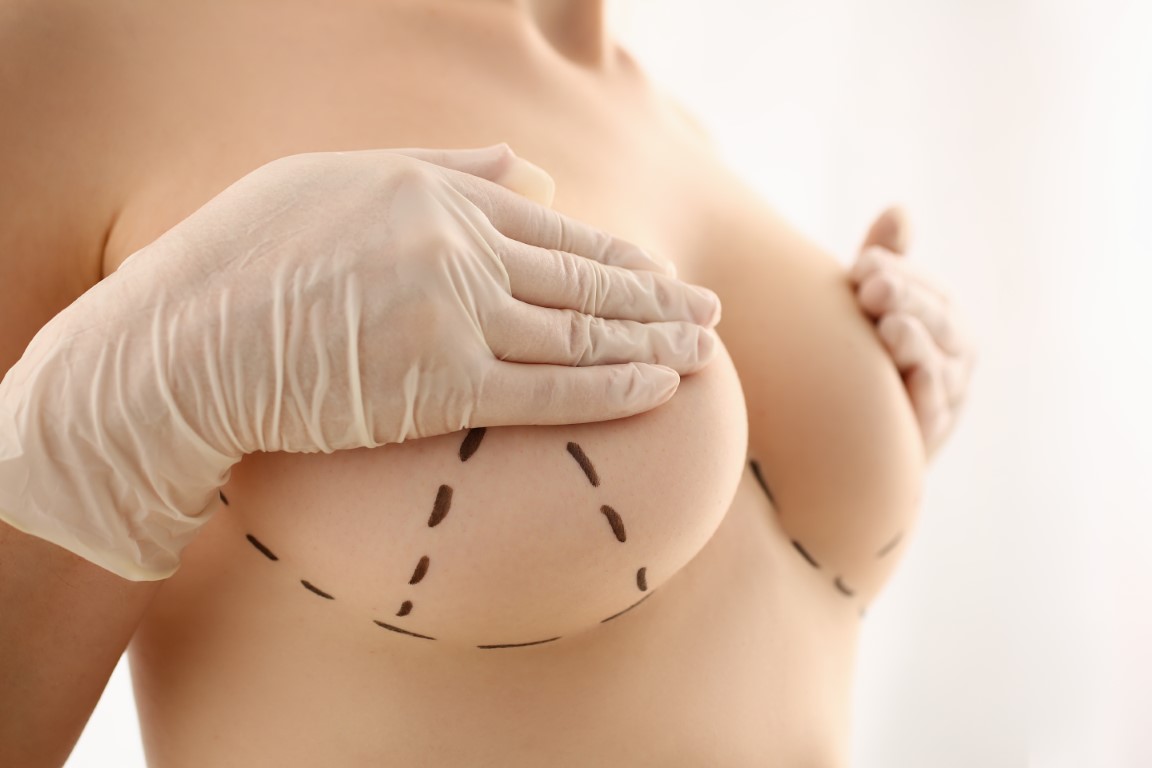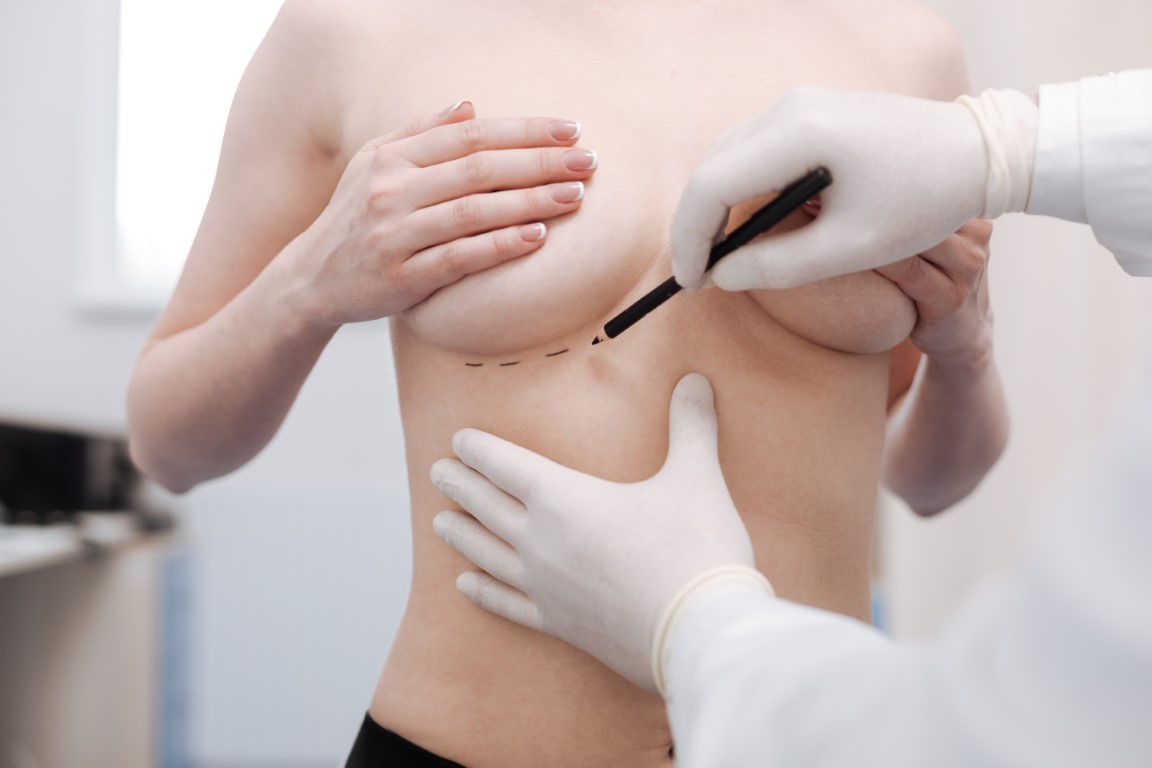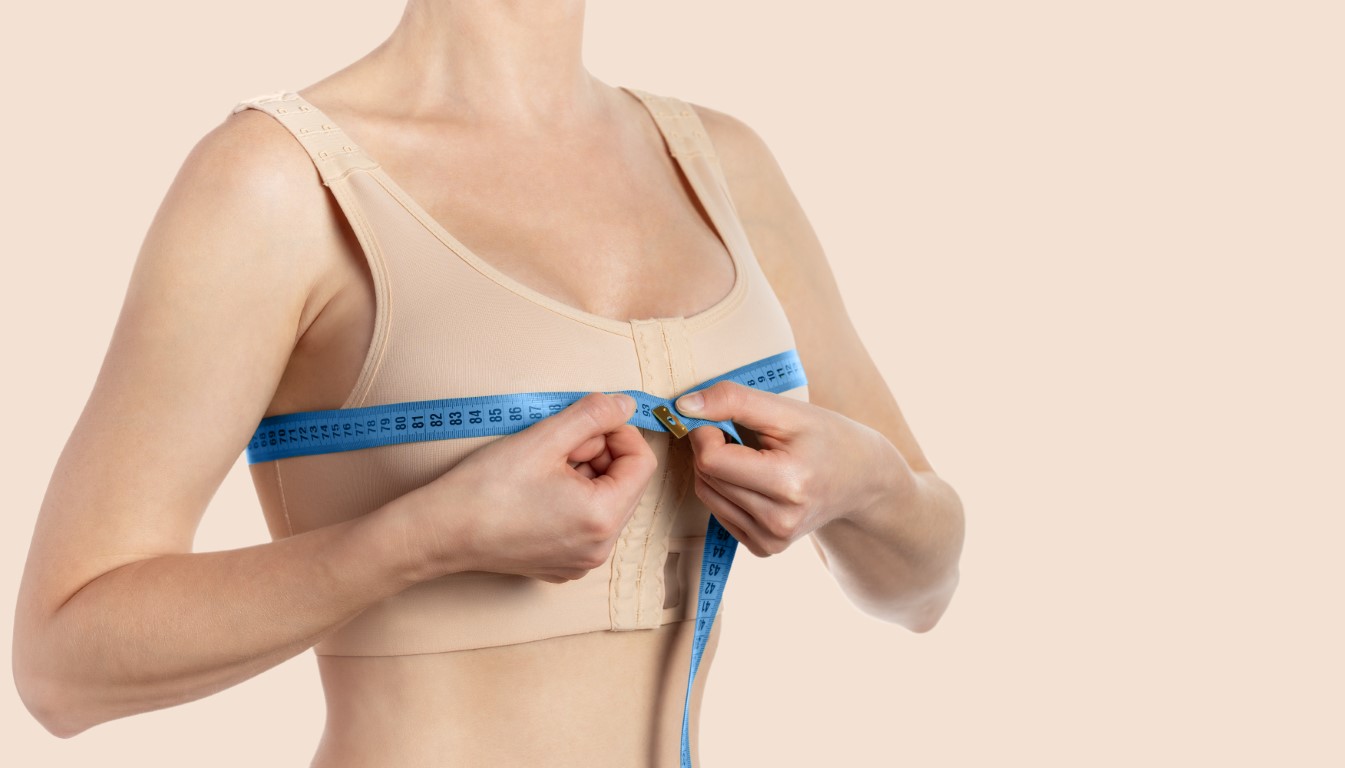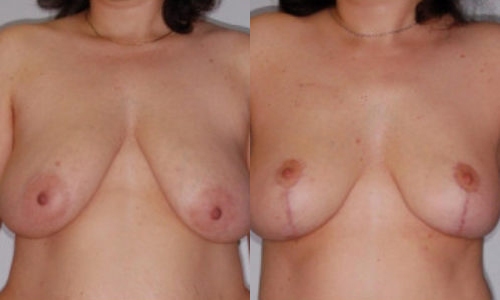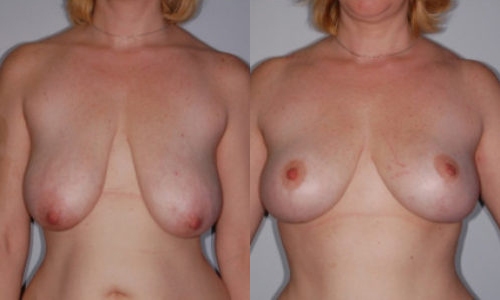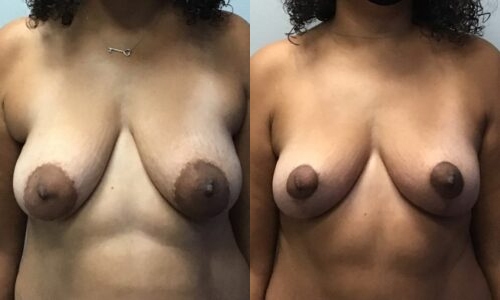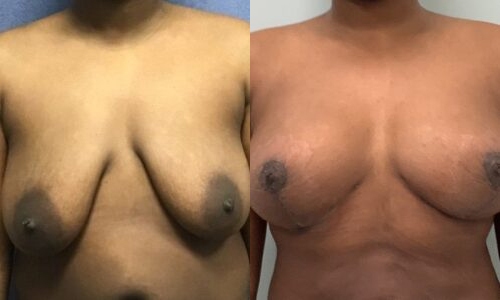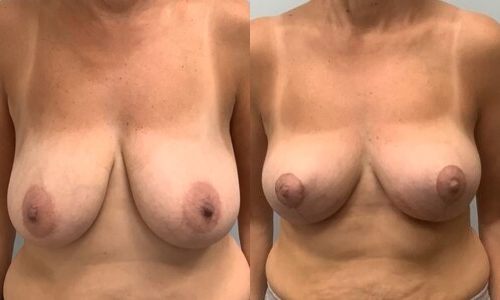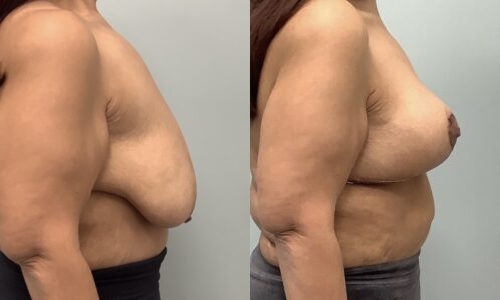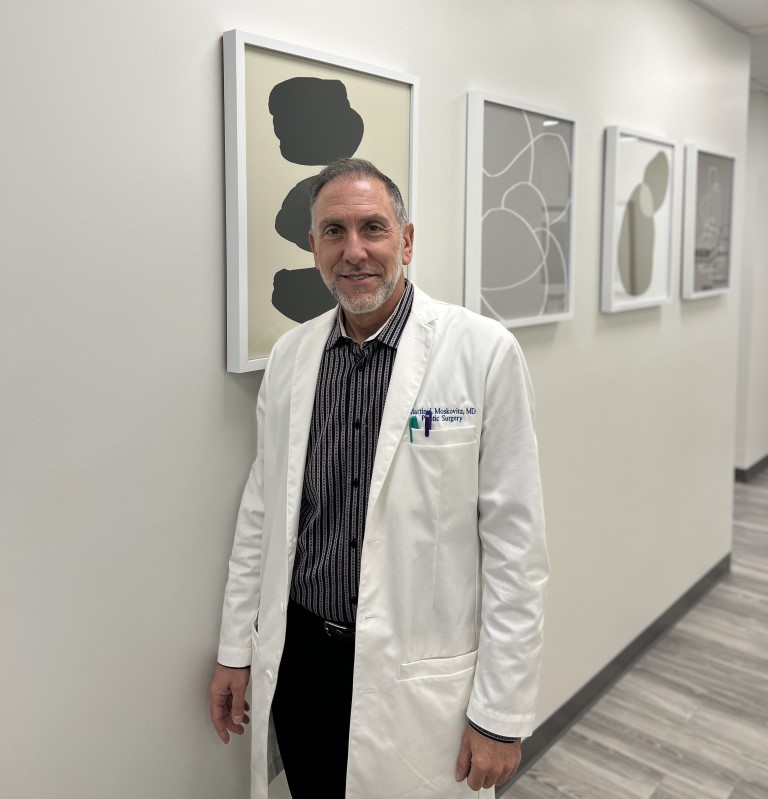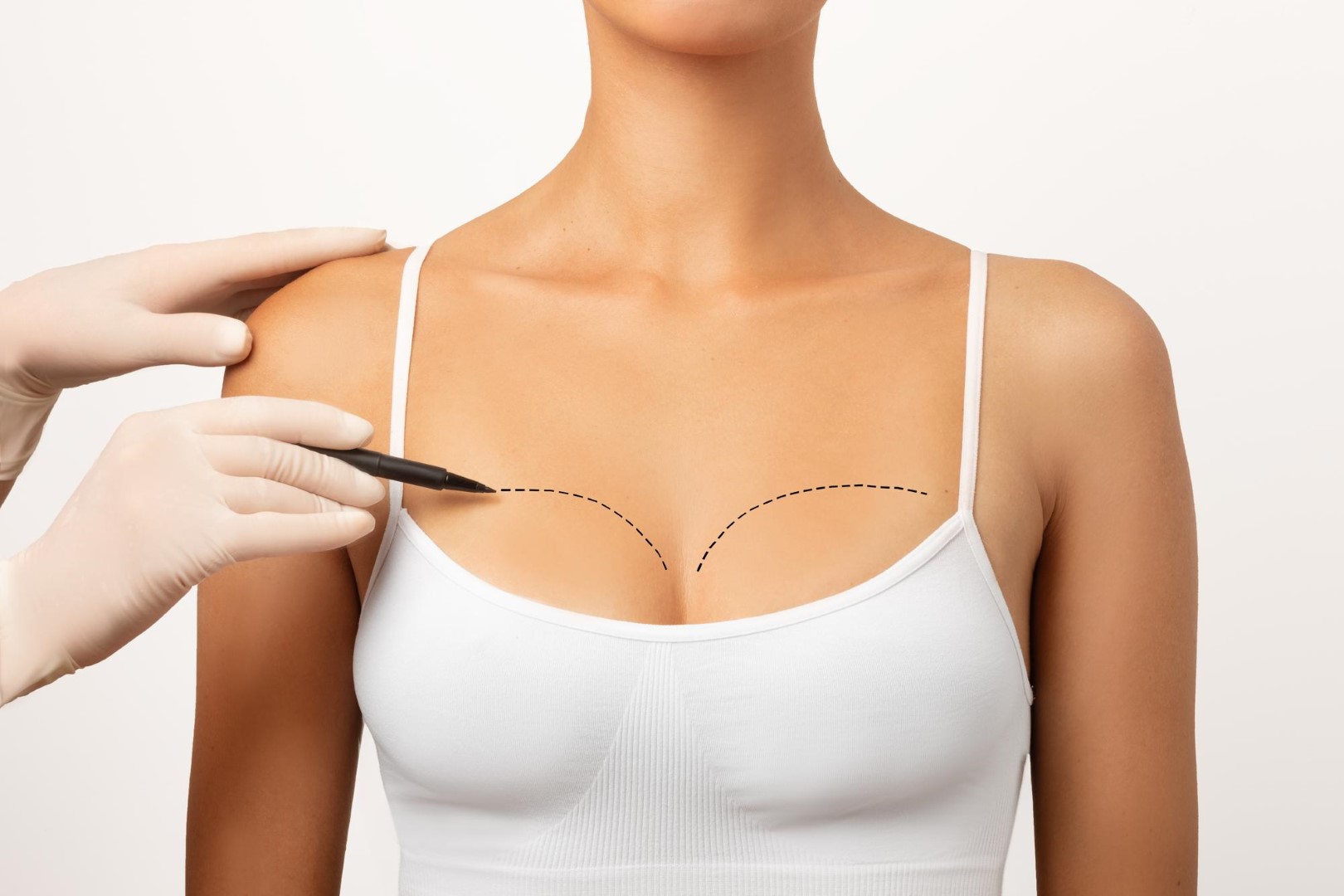What is Breast Lift Surgery?
Breast lift surgery, also known as a mastopexy, is a cosmetic procedure which lifts and reshapes sagging breasts to a more youthful appearance. By removing excess skin and tightening the surrounding tissues, the breasts are placed in a higher position on the chest while the size usually remains the same size.
While the breast lift addresses sagging of the breast some patients combine breast implants or fat transfer to address volume concerns. A breast lift is particularly beneficial for women whose breasts have lost shape due to weight changes, pregnancy, or aging.



